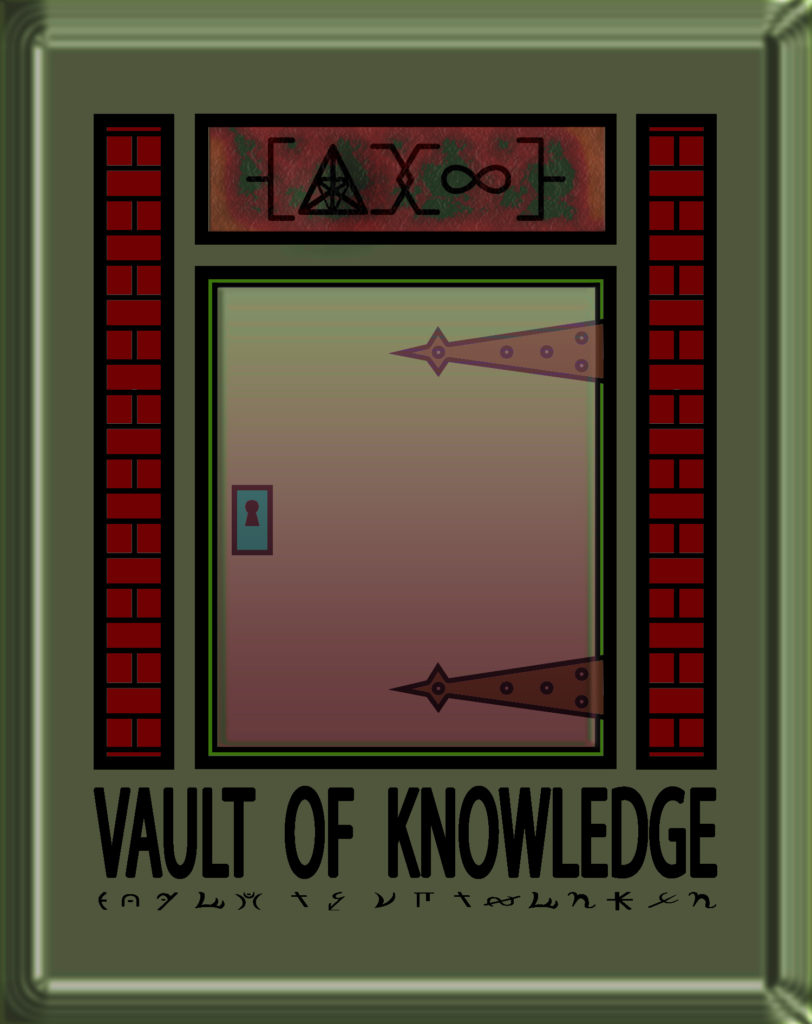Hey gang, this time I’m here to share someone else’s book for a change. Author Mark Everglade has written a new cyberpunk novel called Hemispheres that’s due to be released in late June. After obtaining a pre-release preview (and telling him that he looks sorta like Kit Harington of Game of Thrones), I asked Mark a few questions about his new science-fiction book.
What was the inspiration for Hemispheres?
After the 9/11 incident in America, movies and books changed radically. Any publication with characters that were “shades of grey” was immediately a failure. Americans wanted an absolute bad guy and an absolute good guy, so art adapted to its audience. Unfortunately, this “good guy bad guy” mentality is strong enough in our politics today, so I decided to take a risk as an author and write a book where the characters were shades of grey to show people that no ideology is perfect to avoid further polarization.
In the book, on the eternally dark side of the planet people end up using fireflies for both light, and currency. This leaves the impoverished to live in the shadows of the wealthy until a group of women unite to try to speed the planet’s rotation, bringing light to everyone equally.
Who are the main characters?
Severum Rivenshear is a mercenary who is convinced that rotating the planet faster will collapse the economy, so he and the military oppose it. Akasha, a mystic priestess, believes that rotating the planet faster will cause an ecological collapse with mass species die-off, since everything evolves to fill a niche, so she and her congregation oppose it. In their opposition they both indirectly support a status quo that results in dystopia and oppression.
On the other side is O.A.K., a radical feminist organization who will stop at nothing until the world has daylight cycles and no one goes without sustenance. They partner with an A.I. that suddenly becomes sentient at the expense of perceiving time, creating the first computer capable of boredom and impatience – a reckless combination. I tried to take a neutral tone so the reader could decide who was right in the end.
Which authors did you find yourself most emulating?
The overall writing style was inspired by William Gibson, whose fragmented sentences provide a cold, curt feeling to the text that matches the environment. Characterization was inspired by Charles Dickens, who could sum up a whole character with just the right name/surname. The action sequences were taken from R.A. Salvatore, while the virtual reality sequences at the end were straight up Alice in Wonderland¸ which is why the character in those scenes is named Carroll. When dealing with VR and the unconscious mind, I figured it had to be surreal, and who better to emulate than the creator of the Mad Hatter?
What species inhabit the planet Gliese 581g in Hemispheres?
Two predominate species give it a rogue fantasy feel at times, especially on the Dayburn hemisphere, which is a desert where the sun never sleeps. The Florinik are a peaceful, sentient species that look like a combination of a tree and an orangutan, and indeed they consider themselves to be plants. They worship Orbis, a panopticon of perception that collects people’s points of views on subjects in order to perceive the world, and thus sustain it. This was taken from the Irish philosopher George Berkeley. An excerpt describes them:
Thalassa wakes to the touch of long arms swaying like pendulums, ending in four fingers. Their bodies stand two and a half meters tall with long limbs and a giant stride. Clothes only cover where she imagines their genitals to be, allowing khaki-colored skin like bark to show, dotted with wide pores like blisters. Despite the UV they have no hair, just a leathery rigid brown scalp. Their deeply recessed eyes have an enlarged membrane over them as if they’re in bubbles. Tiny golden irises appear like ember sparks in deep wells.
“It is, a pleasure to meet you,” Thalassa stutters in their language, of which she knows little.
“Sap and bother! Some greeting for a Chief!” the Chief yells in her tongue, waving his long arms over his head. “What a situation! You have our language murdered, the language of our tribe you call Plant People, the Florinik, the Sungatherers, the Solarsemblances, the…” and he goes on to list a dozen more honorary titles.
The Aphorids are a species that oppose technology. They connect to a central hub to breed, which stores a copy of their genetic code so they can reproduce even after they die. This makes them fearless in battle, as genetically there’s little to lose from death (they practice communal child investment and group selection acts on the hub itself). Their evolution was based on E.O. Wilson’s biology book The Social Conquest of Earth, while their religion is taken from Persian and Jainist ideas:
Voices recede. Severum takes the lead as they go traverse a low tunnel ending at a curved staircase cut into the wall. Downstairs in the main chamber the Aphorids throw back a sluggish liquid through long teeth, faces dripping with something red and sticky. They lean against an outcropping of stalagmites. Their massive bodies spit and drool upon an evil eye symbol before dropping to all fours and trampling out of the room, table jostling off the floor with each step. Severum steps back from the staircase, shivers, and grabs Aurthur’s shoulder for support.
What is the philosophy behind your book, Hemispheres?
I’ve always loved social-science fiction like 1984, Logan’s Run, and Brave New World. Books with such strong values leave an impact far after the last page. As a trained anthropologist / sociologist, I drew more on the conflict theory of people like Hegel and Foucault. This allowed me to have the factions on the planet become their own characters as groups of allies divided and united.
The central theme is creation is destruction is creation. The balance of the universe is referenced throughout the book, sometimes directly, sometimes with allusions to Akasha (the Taoist goddess of negative space), or Shiva. A variety of philosophical easter eggs are hidden throughout, such as the dystopian capital being called The Crystal Palace, a classical English/Russian reference to criticisms of modernity. Putting the focus on the social science, rather than just the physics of solar tidal-locking, allowed me to write about what I know best – and they always say, “write what you know!”
I really hope people who read it understand that one can argue various ideologies, but in the end love unites people and transcends all philosophical arguments – love is the poetry of life.
Give us a bit of background about yourself. Is this your first sci-fi novel, and how long did it take to write?
I live in Florida and work as an I.T. manager, spending my time with my wife and four children playing a variety of instruments in styles ranging from jazz to classical and progressive metal (sometimes all of them at once!). I composed the soundtrack for the book with my brother, available free on the site.
Hemispheres is the first book I wrote that survived. Having previously written four books, I printed each at home just to burn them in defeat, having failed to capture tone and dialogue. Hemispheres, around 275 pages, was written over the course of 4,500 hours, and an additional 500 to implement the marketing. It releases late June, 2020.
What advice would you give new writers just beginning to work on their first novel?
Be prepared to write a few throw-away books before you get writing down. Have skilled authors provide you feedback throughout in dedicated Facebook groups. Conquer the main two points that plague every beginner and intermediate writer: Immediacy and point of view. Few people understand either, and I struggle constantly with the latter.
Start with short stories – the hardest thing to write. If you can publish one or two it will gain you confidence and let you practice the formula before you spend a few thousand hours writing that 300 pager. Finally, Jeff VanderMeer (Annihilation) told me the other day, “don’t even start writing until you have the voice/tone/texture of the characters down. Become that character and act them out all day long (paraphrased).”
See more at https://www.markeverglade.com





 Users Today : 429
Users Today : 429 Total views : 4013690
Total views : 4013690 Who's Online : 5
Who's Online : 5

